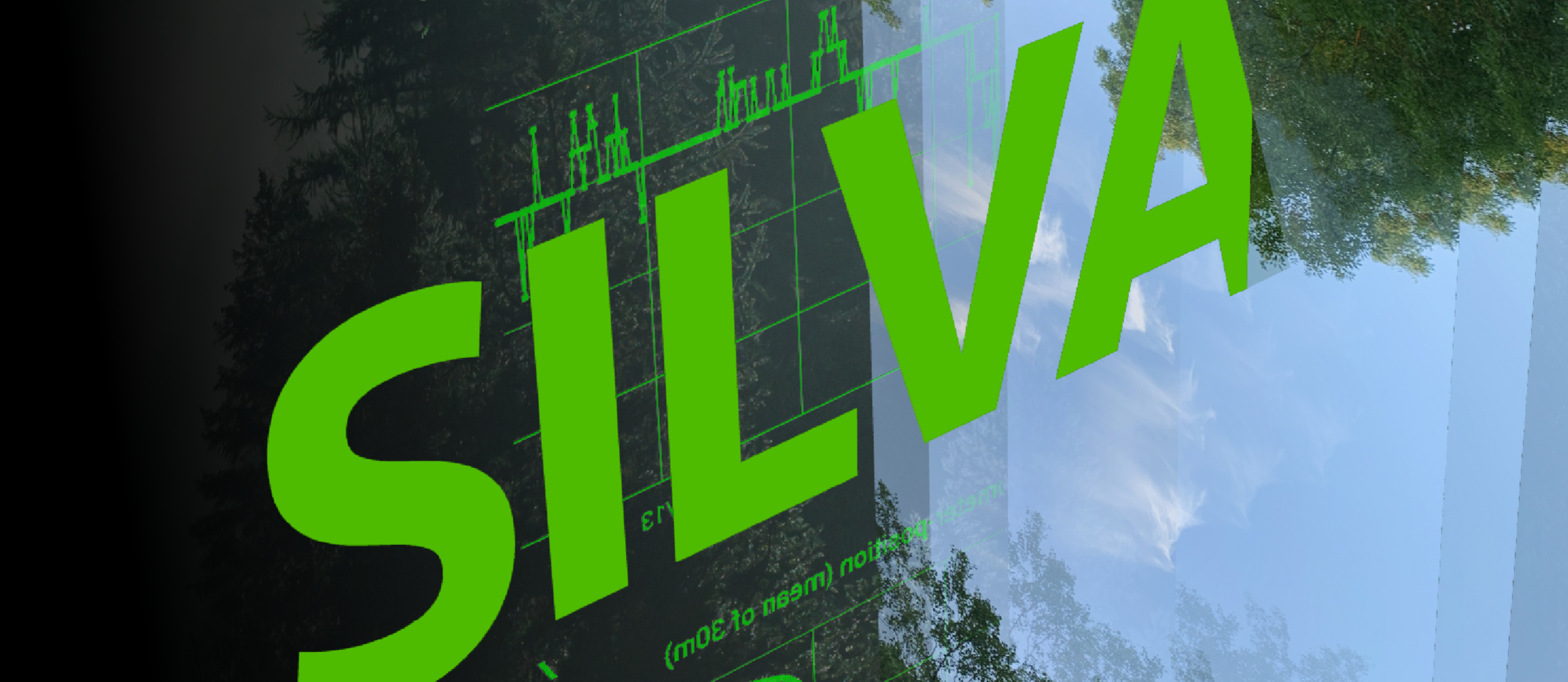
‘Silva’ | 360° room installation
Tuesday, 12. oct 2021
*
The Goethe Institute presents the 360° room installation ‘Silva’, which combines scientific methods and sound art. The complex ecosystem of the forest can be perceived in a way that would not be possible outdoors.The ancient forests of Järvselja form Estonia’s oldest forest reserve. For almost 100 years, human interference in the natural order of the forest has been outlawed on the 19.3-hectare reserve. Fir trees towering to a height of 48 metres (a record in the Baltic Sea region) once stood here. There are still trees in the reserve that are of an age with the University of Tartu – more than 380 years old.
With the help of sound artist Marcus Maeder and biologist Roman Zweifel’s observatory ‘Silva’, we can embark on an artistic and scientific expedition to these ancient forests. From 15 October 2021 the Estonian National Museum is hosting this two-part work of art, which combines scientific methods (sensory environmental research and bioacoustics) and aesthetic approaches (sound art).
Asked what visitors to the observatory will discover, Maeder explains: “First and foremost, the things we hear. The sounds of the forest. We record them automatically using a totally ordinary microphone and recording device. But more than anything, we want to showcase processes that aren’t all that easy to perceive – processes concealed within trees and in the soil. So basically things that take place acoustically and electrically. To that end we set up a special measuring station. You won’t just get to hear what we’ve recorded in the trees and soil though, but also data from the ecophysiological measurements of the trees that are transformed into sounds. And all of that combines in the installation to make an experience that truly engages the senses.”
Ulrich Ribbert, the director of the Goethe Institute in Tallinn, is looking forward to the opening of the exhibition. “We sought a variety of ways of looking at forests from a completely new angle for the WORLD WILD WALD project,” he said. “Visitors will get to experience for themselves how the sounds of the forest are influenced by changes in humidity, wind, temperature and light. They’ll also discover that dry spells leave trees cracking and popping and that the sounds of the forest can form a basis for drawing conclusions on plant and animal diversity.”
15 October-28 November 2021
ENM World Cinema Hall. The exhibition is open from Wednesday to Sunday 10:00-18:00.
Admission: Free
MARCUS MAEDER
Marcus Maeder is a sound artist, researcher and composer of electronic music. He studied visual arts in Lucerne (Switzerland) and philosophy in Hagen (Germany). He is currently obtaining a doctorate in environmental systems science at ETH in Zurich. As a researcher at the Institute for Computer Music and Sound Technology (ICST) at Zurich University of the Arts, he works on data sonification (i.e. presenting data as sounds), acoustic ecology and ecoacoustics. He also uses artistic means to investigate ecological processes and phenomena related to climate change and environmental issues.
www.marcusmaeder.ch
ROMAN ZWEIFEL
Roman Zweifel studied biology at the University of Zurich and ETH Zurich, where he earned his doctorate with a dissertation entitled ‘The Rhythm of Trees’. He is a project manager at the Swiss Federal Institute for Forest, Snow and Landscape Research WSL and is the director of the company natkon.ch, which offers measurement tools and expertise for ecological studies. He is well versed in the fields of electronics and tree physiology. His career has been marked out by the non-traditional interdisciplinary projects he has instigated.


